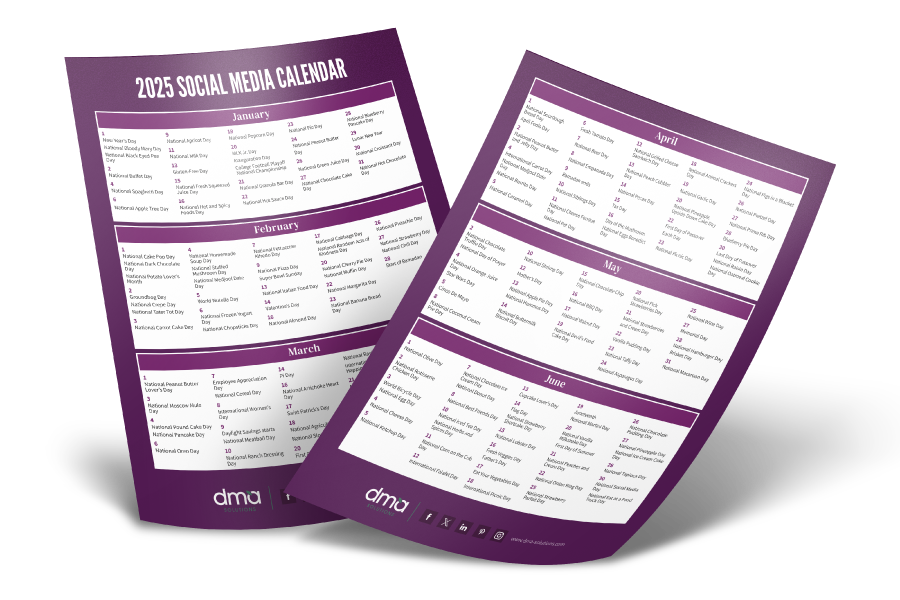In the world we live in today, planning for an anticipated crisis has become a reality. At DMA Solutions, we like to be as well-prepared as we can be for any type of turmoil. As a best practice, we lean on a well-polished crisis communication plan so it alleviates some of the stress that inevitably compiles. Here are a few rules we’ve learned to live by when the inevitable lightning strikes.
Pre-Crisis
- Anticipate Crises
If you’re being proactive and preparing for crises, we recommend identifying your Crisis Communications Team and make sure they are adequately prepared for a crisis. In order for everyone to be on the same page, it’s best to have intensive brainstorming sessions on all the potential crises that could occur at your organization. The outcome of these brainstorms typically result in the Crisis Communications Team to draft potential resources (ex: holding statements, press releases, etc.) in case of a crisis.
2 Identify and Train Spokespeople
We find it is most beneficial to identify a short list of leaders within the company who are available to speak during a crisis situation and to get those people media trained with your PR team. That way, in the midst of a crisis, your PR team can help navigate the media and write the appropriate communications, while your spokesperson of choice becomes the face of the brand on camera.
- Establish Notification and Monitoring Systems
Social media and monitoring services are essential in catching a crisis and monitoring feedback. We recommend using services like Cision, Meltwater, and other media monitoring sites which send daily and weekly alerts to ensure your team is updated on what the media is publishing with your brand attached to it. Social media is also one of the most effective ways to monitor real-time posts and responses to crises as they occur.
Post-Crisis
- Assess the Crisis Situation
Reacting without adequate information is a classic “shoot first and ask questions afterwards” situation in which you could be the primary victim. However, if you’ve established a well-versed Crisis Communications Team, it’s just a matter of ensuring the right type of information is being provided so you can proceed with determining the appropriate response.
- Finalize and Adopt Key Messages
The immediate need when a crisis hits is to create a short withholding statement that can be released immediately to the public to help clarify what your team is doing to find a solution to the issue at hand. However, the Crisis Communications Team will need to continue developing the crisis-specific messages required to fit the crisis as it unravels, including a press release, social media responses, and potential responses to media inquiries. These messages will remain in the team’s arsenal, ready to be used as needed.
To learn more about how to plan for a crisis and more public relations tips and tricks, check out our free eBook!
{{cta(‘960e41a1-8e02-4e67-8483-729fb0cfe7d8’)}}












